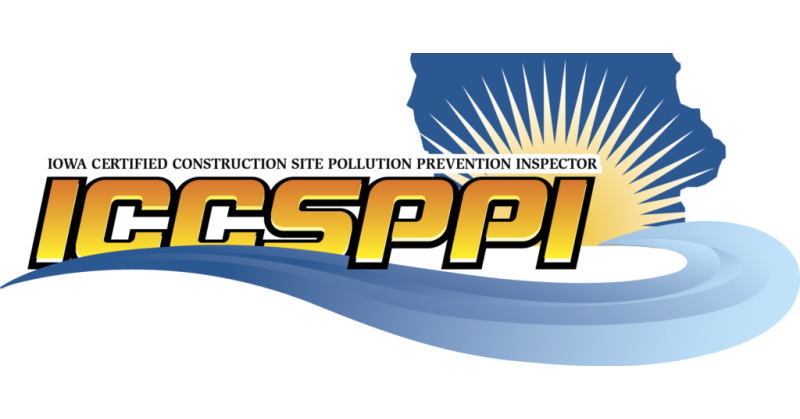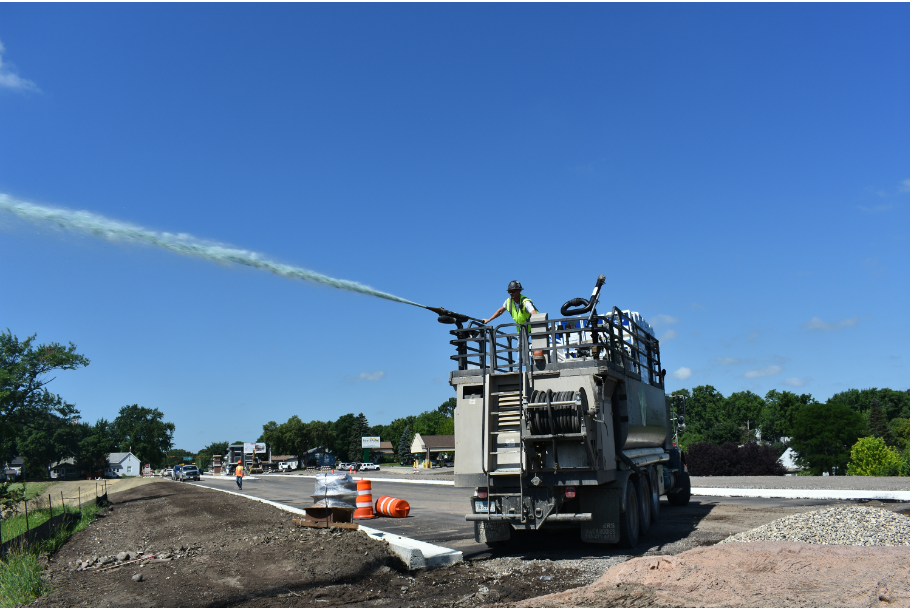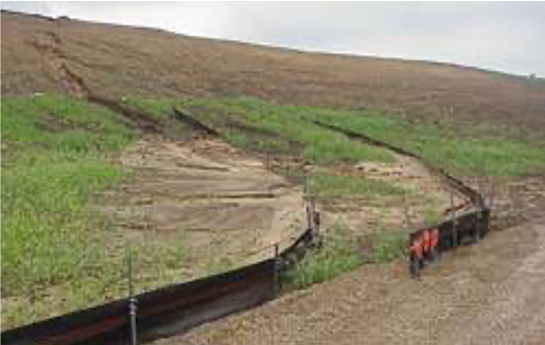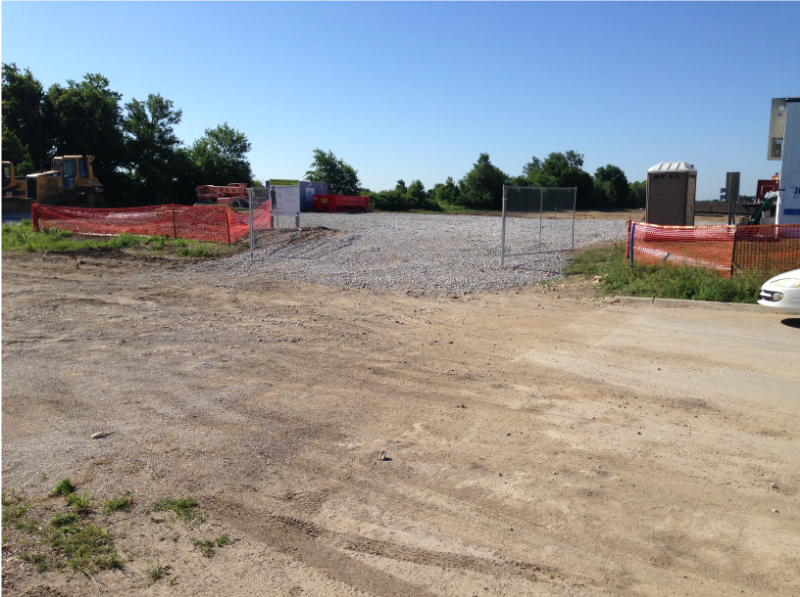Construction sites are a significant source of stormwater pollution if not properly managed. As land is cleared, graded, and reshaped, exposed soil can easily be carried by rain into nearby waterways, contributing to sedimentation, flooding, and pollution. To address this, Iowa follows regulations under the federal National Pollutant Discharge Elimination System (NPDES), administered by the Iowa Department of Natural Resources (IDNR).
ISWEP offers training and certification through its Iowa Certified Construction Site Pollution Prevention Inspector and Installer program. This training helps ensure that contractors and inspectors understand erosion and sediment control BMPs, permit requirements, and how to keep sites in compliance.
NPDES and General Permit No. 2
In Iowa, stormwater discharges from construction sites are regulated under General Permit No. 2, part of the state’s delegated NPDES program. This permit covers most construction activity that disturbs one acre or more of land (or less if part of a larger common plan of development).
Permit coverage requires filing a Notice of Intent (NOI) with the IDNR and preparing a Stormwater Pollution Prevention Plan (SWPPP). The SWPPP outlines all erosion and sediment control practices, site management strategies, and inspection protocols. Routine site inspections are required to ensure the BMPs remain effective and to document any changes to site conditions.




